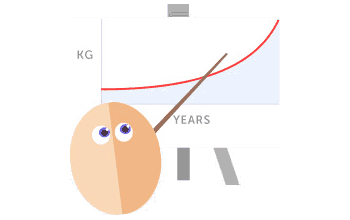Calling all fellow nerds, particularly those with abilities on the statistical analysis front!
So, now we have a lot of data on the progress tracker and a good number of members who have been following the diet for a while. Is there anyway we can tease out what differentiates the quick from the slow in terms of weight loss? We can see a fairly normal curve developing around the 0.5 kg/week point but there are definitely two subgroups of people at either end of the spectrum.
There are so many factors that influence weight loss but if we focus on modifiable factors, we might be able to offer constructive advice. Such factors might include: numbers of fast days/week; fast day calories (total cals or relative to TDEE); fast day meal organisation; fast day meal components; feed day calories (relative to TDEE); feed day diet (e.g., low/high carb/fat/protein); exercise frequency/intensity. Any others?
How could we collect data to try to answer those questions? I was wondering whether we could use the people who contribute to the monthly weigh in, divide them into quartiles by weight loss (or waist reduction) and send them a questionnaire? We could try to see if there were any features common to the top quartile not found in the bottom quartile and vice versa.
Thoughts my nerdy friends?
So, now we have a lot of data on the progress tracker and a good number of members who have been following the diet for a while. Is there anyway we can tease out what differentiates the quick from the slow in terms of weight loss? We can see a fairly normal curve developing around the 0.5 kg/week point but there are definitely two subgroups of people at either end of the spectrum.
There are so many factors that influence weight loss but if we focus on modifiable factors, we might be able to offer constructive advice. Such factors might include: numbers of fast days/week; fast day calories (total cals or relative to TDEE); fast day meal organisation; fast day meal components; feed day calories (relative to TDEE); feed day diet (e.g., low/high carb/fat/protein); exercise frequency/intensity. Any others?
How could we collect data to try to answer those questions? I was wondering whether we could use the people who contribute to the monthly weigh in, divide them into quartiles by weight loss (or waist reduction) and send them a questionnaire? We could try to see if there were any features common to the top quartile not found in the bottom quartile and vice versa.
Thoughts my nerdy friends?





